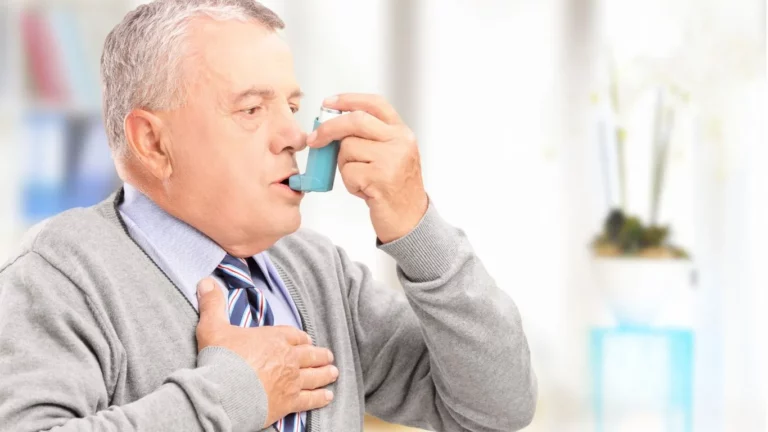Massage Therapy May Lower Hypertension and Ease Stress
High blood pressure, also called hypertension, is a common condition that affects millions of people around the world. It often doesn’t cause noticeable symptoms, but over time it can lead to serious health problems like heart disease, stroke, and kidney damage. Because of this, many people look for ways to manage their blood pressure—both with medication and through lifestyle changes. One question that comes up often is: Can massage therapy help hypertension?
Understanding Blood Pressure and the Body
Blood pressure is the force of your blood pushing against the walls of your arteries. Arteries are the blood vessels that carry oxygen-rich blood from your heart to the rest of your body. When your blood pressure is too high, it means your heart has to work harder to pump blood. Over time, this extra pressure can damage your arteries and organs.
Blood pressure is measured with two numbers: systolic (the top number) and diastolic (the bottom number). Systolic pressure is when the heart beats, and diastolic is when the heart rests between beats. A normal reading is usually around 120/80 mmHg. Readings consistently above 130/80 mmHg may be considered hypertension.
There are two types of hypertension:
- Primary hypertension: Most common. Develops gradually over time with no clear cause.
- Secondary hypertension: Caused by another condition, like kidney problems or hormonal issues.
High blood pressure can go unnoticed for years, which is why regular checkups are important. Even if you feel fine, your blood pressure might be quietly doing damage.
How Massage Therapy Works
Massage therapy involves the manipulation of muscles, skin, and soft tissues using different techniques. These can include kneading, stroking, stretching, and pressure. The goal is to help the body relax, reduce tension, and promote better circulation.
Some types of massage are gentle and soothing, like Swedish massage. Others are more targeted, such as deep tissue or trigger point therapy. Licensed massage therapists are trained to work with clients who have medical conditions, including hypertension, and adjust techniques as needed for safety and comfort.
Massage doesn’t treat high blood pressure directly, but it may support other treatments by lowering stress levels and improving overall well-being. Stress can contribute to temporary spikes in blood pressure, so managing it is an important part of any care plan.
Can Massage Help Lower Blood Pressure?
There is growing evidence that massage therapy may have a positive effect on blood pressure, especially when done regularly. Here’s how:
- Stress reduction: Massage helps lower levels of cortisol, the body’s stress hormone. Less stress often means lower blood pressure.
- Improved circulation: Gentle pressure and movement help move blood more efficiently through the body, which can help relax blood vessels.
- Parasympathetic activation: Massage encourages the “rest and digest” part of your nervous system, which slows the heart rate and reduces tension.
- Better sleep: Regular massage may improve sleep quality, which is linked to healthier blood pressure.
Some small studies have shown that people who receive massage therapy experience a temporary drop in both systolic and diastolic blood pressure. However, the effects may not last unless massage becomes part of a regular routine.
Massage is not a substitute for medications or doctor-recommended treatments, but it can be a helpful addition to a well-rounded plan. If you’re thinking about trying it, talk to your healthcare provider first—especially if you have other conditions or take medications for your heart or blood pressure.
Common Causes of Hypertension
Understanding what can lead to high blood pressure may help you take steps to prevent or manage it. Here are some common risk factors:
- Family history of hypertension
- Being overweight or obese
- Too much salt in the diet
- Lack of physical activity
- Chronic stress
- Smoking or excessive alcohol use
- Medical conditions like diabetes or kidney disease
Some causes are out of your control, but many can be managed with healthy habits. A balanced diet, regular exercise, and stress-reducing activities like massage may all play a part in keeping your blood pressure in a healthy range.
Signs and Symptoms to Watch For
High blood pressure is often called the “silent killer” because it usually doesn’t cause obvious symptoms. Still, in some cases, people may experience:
- Headaches
- Dizziness
- Shortness of breath
- Chest pain
- Vision changes
- Fatigue or confusion
If you notice any of these, especially if they come on suddenly or feel severe, don’t wait—call your doctor or seek emergency care. These could be signs of dangerously high blood pressure or complications like a heart attack or stroke.
When to Talk to Your Doctor
If you have high blood pressure or are at risk, it’s a good idea to talk with your doctor before starting massage therapy. While massage is generally safe, certain techniques or pressure points may not be recommended for people with cardiovascular conditions or blood clot risks.
Ask your doctor:
- What type of massage is safest for me?
- How often should I get a massage?
- Are there any signs I should watch for after a session?
Let your massage therapist know about your health history and medications. A well-informed therapist can tailor the session to keep you safe and relaxed.
Massage therapy won’t cure high blood pressure, but it may help you feel better, sleep better, and manage stress—all of which support heart health. If you’re curious, try a gentle massage and see how your body responds. It’s one small, comforting step toward better well-being.

Dr. Gwenna Aazee is a board-certified Internal Medicine Physician with a special focus on hypertension management, chronic disease prevention, and patient education. With years of experience in both clinical practice and medical writing, she’s passionate about turning evidence-based medicine into accessible, actionable advice. Through her work at Healthusias.com, Dr. Aazee empowers readers to take charge of their health with confidence and clarity. Off the clock, she enjoys deep dives into nutrition research, long walks with her rescue pup, and simplifying medical jargon one article at a time.






